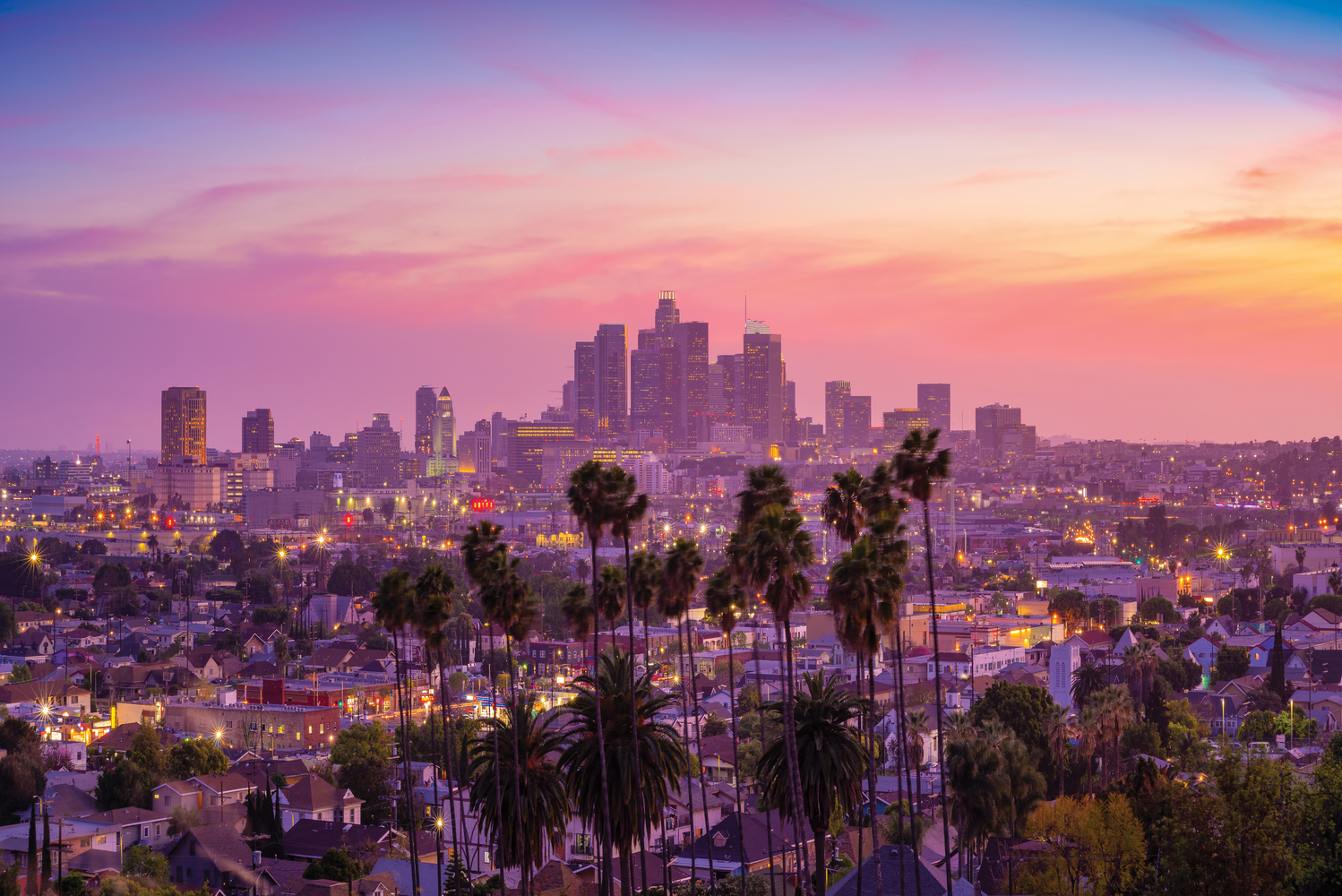In the intricate tapestry of human existence, the concept of cultural identity emerges as a vital thread that weaves together the distinct patterns of our diverse societies. Cultural identity comprises the complex interplay of shared beliefs, customs, art forms, languages, and traditions that define a particular group. It is indispensable in understanding the multifaceted nature of human beings and their collective consciousness. Each culture tells a story, imbuing its members with a sense of belonging and purpose. The ramifications of cultural identity are profound, influencing interactions on individual, societal, and global scales.
Emphasizing the singularity of cultural identity invites an exploration of its components. Central to this notion is language, which acts as both a vessel of expression and a repository of history. It embodies the past while simultaneously shaping the future. The dialects and vernaculars within a culture illuminate who we are, allowing nuances to emerge. Remarkably, linguistic diversity mirrors the vast array of worldviews and identities, each contributing to a rich global heritage.
Another vital aspect is the role of traditions and customs. These time-honored practices, passed down through generations, manifest in myriad forms, from festivals and rituals to culinary delights. Every tradition encapsulates the values, beliefs, and experiences of a community, preserving a living history that adapts yet remains rooted. For instance, the annual celebration of a harvest festival may symbolize gratitude for the earth’s bounty while reinforcing community ties and intergenerational relationships. Such observances not only unite individuals but also serve as a bulwark against the encroaching tide of globalization.
The arts—music, dance, visual arts—further enrich the tableau of cultural identity. Each cultural expression weaves its unique narrative through rhythm, movement, and color, thereby evoking emotion and fostering understanding. The variety found in artistic manifestations ranges from the intricate patterns of indigenous crafts to the orchestral complexities of classical music. These art forms provide a glimpse into the psyche of a culture, often revealing societal norms, aspirations, and the collective dreams of its people.
Yet, as the world moves toward globalization and increased interconnectedness, one must contemplate the tensions and complexities surrounding cultural identity. The very essence of cultures can become threatened when subjected to external influences that may dilute or overshadow local traditions. This phenomenon often manifests as cultural homogenization, wherein unique identities risk being replaced by a singular, dominant culture. The challenge lies in navigating these currents, ensuring that while embracing the global landscape, we do not relinquish our individual and collective identities.
Cultural appropriation poses another critical inquiry within the realm of identity. This occurs when one culture adopts elements from another, often without understanding or respecting its significance. The implications of appropriation can lead to the commodification of cultural symbols, stripping them of their inherent value and meaning. Such instances call for a reevaluation of how we engage with cultures other than our own, emphasizing respect, acknowledgment, and collaboration. It is imperative to foster a dialogue that prioritizes inclusivity while recognizing the ownership of cultural narratives.
Furthermore, the intersection of cultural identity with issues of race, ethnicity, and nationality adds yet another layer of complexity. Individuals often navigate multiple identities, which can lead to a rich, albeit challenging, experience of cultural duality. The recognition and exploration of these intersections can cultivate a deeper understanding of personal narratives and societal dynamics. This multifaceted existence prompts inquiries into how we define ourselves and how we recognize others, ultimately shaping societal interactions and ideologies.
In connection with globalization, technology serves as a double-edged sword in the realm of cultural identity. On one hand, the digital landscape facilitates the sharing of cultural knowledge, allowing people to engage with and celebrate diverse heritages. Online platforms serve as vibrant forums where cultural expression can thrive and circulate beyond geographical confines, creating an unprecedented opportunity for intercultural dialogue. On the other hand, the prevalence of homogenizing forces within technology can also lead to the erosion of localized identities, urging communities to continually redefine themselves amid evolving contexts.
Ultimately, the exploration of cultural identity invites a shift in perspective. Instead of perceiving identity as a rigid construct, it can be embraced as a dynamic and fluid continuum. It is a poignant reminder of our shared humanity while celebrating the particularities that set us apart. As we navigate the complexities of modernity, the imperative to honor and preserve cultural identities remains essential. It is in the embrace of diversity that we find strength, resilience, and the potential for meaningful connections across borders.
Curiosity about cultural identity urges us to engage in an introspective journey. How can we foster environments that support the survival of diverse cultures? What steps can individuals take to celebrate their identities while respecting and appreciating others? By nurturing a sense of curiosity, we can transcend the superficial barriers that often divide us, seeking instead genuine understanding and connection. This broader vision of cultural identity extends beyond mere acknowledgment; it invites action, collaboration, and ultimately, the enhancement of our global community.
As we delve into the essence of cultural identity, let us embrace the notion that understanding and appreciation are foundations upon which a harmonious coexistence can flourish. Each culture represents a unique perspective on the human experience, beckoning us to explore, learn, and grow together. The journey towards this understanding is not merely a pursuit of knowledge but a commitment to fostering a world rich in diversity, empathy, and mutual respect.
